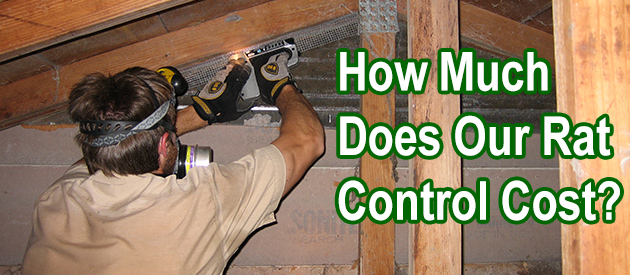Westchester County, Westchester Rat Control Situation:
HI FROM WESTCHESTER COUNTY NY. DESPERATELY NEED YOUR HELP. ALMOST every night rats come into our motor home under the hood. SOME nights they eat 2 or 3 blocks of poissen other nigh they eat 8 or 9 blocks of poison. IF its on the market we have probably tried it. THEY chew up the wires and everything under the hood. SO far all we can do is just keep putting out more poissen. THE neighbor has many bird feeders out so he is just feeding the rats. HE just laughed when I talked to him. WE are the only ones on the block seemingly bothered with them. WE live close to farms in this area. PLEASE is there anything we can do to keep them off this property? WE ARE DESPERATE. THANK YOU
Hi David, I was just on your site and I really, really wish we had some companies in this area that will help 'resolve' the problem once and for all, rather than come back and keep charging me insane prices to trap my rats and tell me they have no idea how they're getting in my house!! I've cut down my hedge, and done numerous other things to keep them away, but they still come back. Other than rip the vinyl siding off my house (covers up the old stucco) to find out where the little devils are coming in, I'm lost in Victoria Any help or suggestion you may be able to offer would be so appreciated. PS: I love your website - very thorough
Westchester Rat Control Tip of The Week
Can A Rat Be A Good Pet?
Rats are naturally affectionate, inquisitive, intelligent, and playful. So if you know you can keep up with the responsibility of taking care of it, there is no harm in keeping a rat as a pet. Rats are very clean animals, which means you won't have to worry much about it dirtying your home.
Just like other pets, rats are very easy to train. This is due to their high level of intelligence and empathy. To do this, all you need is a dedicated trainer with a good portfolio on how to train rats. When you have that in place, you can easily call your pet rat and it will respond to you. There is even some well-trained rat that can fetch balls when you instruct them to do so.
The most attractive quality of rats is their compassion. When another rat is not in a good state or in distress, you will see other rats rally round the rat in distress and show compassion and empathy in their little way. This particular quality is only common with humans and other few animals.
Also, when rats get accustomed to their owner, they tend to create a long life bond. Due to their level of intelligence, pet rats recognize the sight and voice of their owners and will respond accordingly when they hear or see their owner.
The only sad thing about keeping rats as pets is that they are short-lived compared to other pets like dogs and cats. But you will enjoy the little time you get to spend with them.
If you wish to keep a rat and have a pet, you can go ahead to do that. Rats can make a good pet if you are ready to provide all the care they need.


